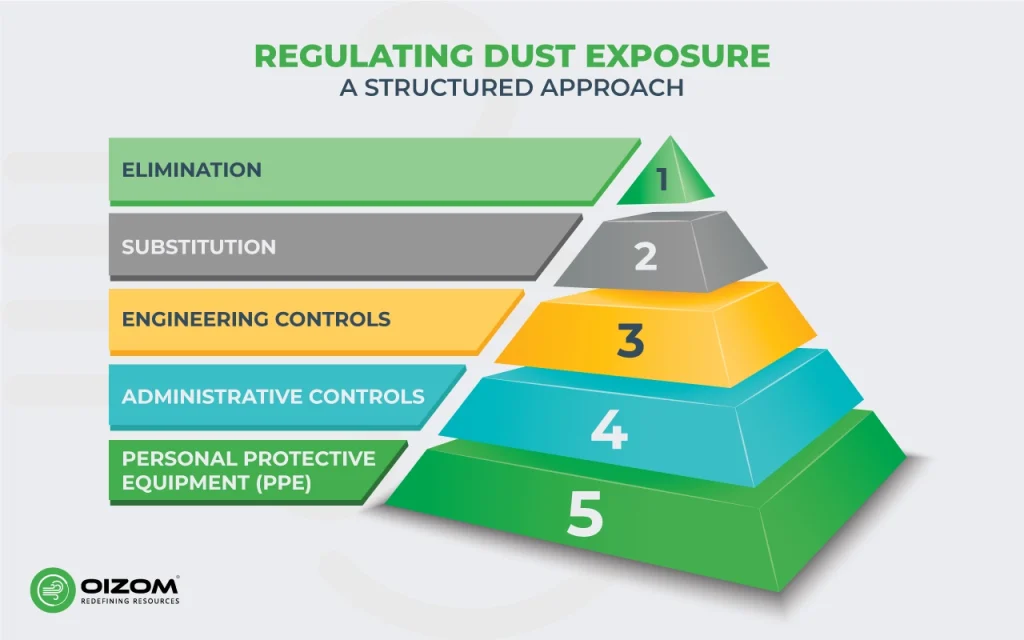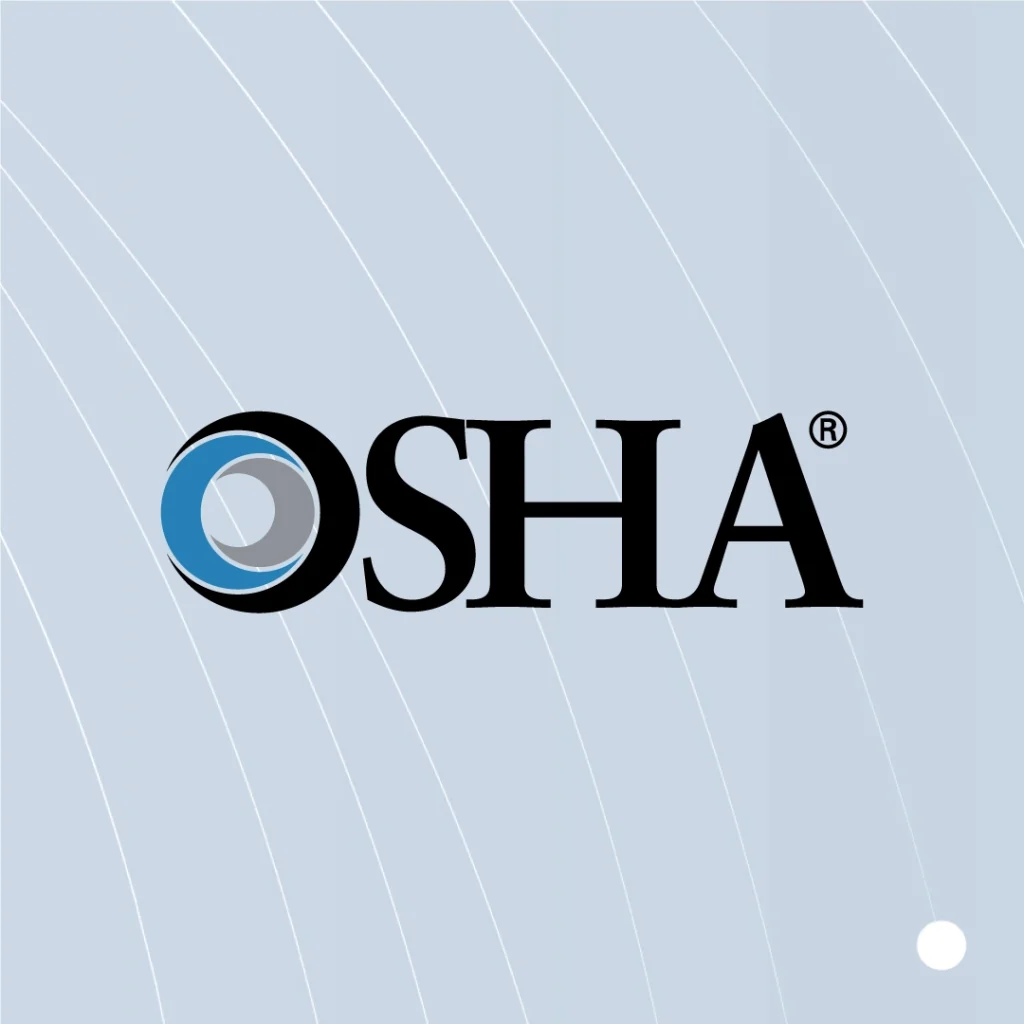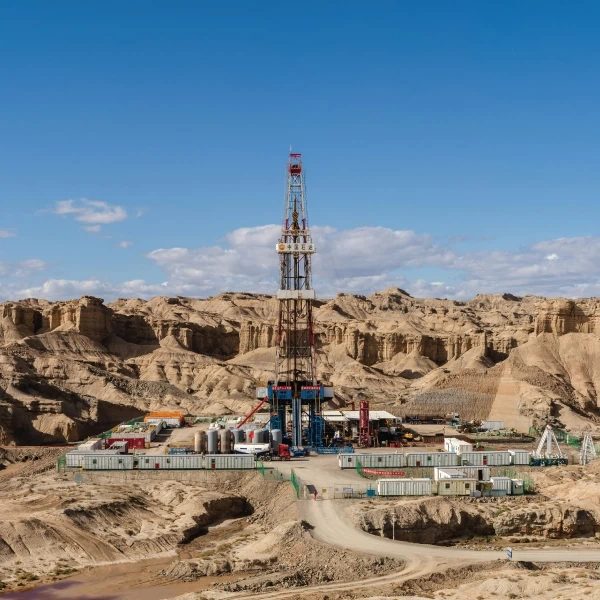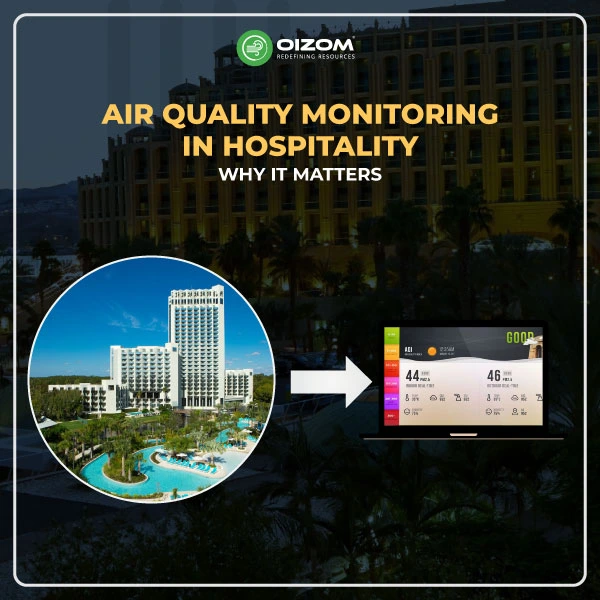As anyone who runs a business will tell you, following safety regulations and procedures is not just a moral obligation but also critical to company success. Organizations such as the National Fire Prevention Association (NFPA) and the government-run Occupational Health and Safety Administration (OSHA) set standards and guidelines for equipment manufacturers to ensure maximum workplace safety. This blog will discuss the PELs (permissible exposure limits) and TLVs (threshold limit values), regulating dust exposure with specific OSHA standards & regulations for different dusts and their resources and compliance.
Permissible Exposure Limits (PELs) and Threshold Limit Values (TLVs)
Permissible Exposure Limits (PELs) and Threshold Limit Values (TLVs) are critical in protecting workers from the hazards of airborne dust in various sectors, including construction, mining, and agriculture. The Occupational Safety and Health Administration (OSHA) in the United States establishes PELs. These legally binding guidelines define the maximum concentration of hazardous substances, such as dust that can be tolerated for a conventional work period. Breaking these limits can severely affect employers, including OSHA penalties and fines.
The American Conference of Governmental Industrial Hygienists (ACGIH) developed TLVs, which are advisory recommendations. They represent safe concentrations for most workers over the recommended exposure length and are frequently more rigorous than PELs. These principles serve as benchmarks for best practices in workplace safety, highlighting the necessity of going above and above the basic legal requirements for worker health protection.
Key Aspects of Dust Exposure Limits:
- Types of Dust: Different dust types, such as silica and wood dust, have varying health risks, necessitating specific exposure limits.
- Exposure Metrics: PELs and TLVs consider Total Dust and Respirable Dust metrics, acknowledging the varying health impacts based on particle size and lung penetration depth.
- Exposure Duration: These limits often differ for various exposure durations, like the 8-hour Time-Weighted Average or a 15-minute Short-Term Exposure Limit.
Regulating Dust Exposure: A Structured Approach

Occupational safety and regulating dust exposure are critical concerns. OSHA’s structured approach, known as the “hierarchy of controls,” provides a comprehensive framework to mitigate dust hazards effectively.
Elimination
The most effective control is to eliminate dust formation. This can be accomplished by modifying or replacing processes, materials, or equipment that emits dust. For example, using waterjet cutting instead of sandblasting eliminates silica dust exposure in metalworking, considerably improving worker safety.
Substitution
Replacing hazardous materials with safer alternatives can significantly reduce risks when eliminating is not an option. For example, using composite materials instead of traditional wood in carpentry can limit workers’ exposure to hazardous wood dust.
Engineering Controls
This level of control is required when elimination and substitution are not available. Engineering measures are intended to segregate or eliminate dust from the workplace. Key strategies include:
- Local Exhaust Ventilation (LEV): These systems capture dust at the source, keeping it from entering the worker’s breathing zone.
- Enclosed Processes: Sealing off dusty operations within equipment or booths prevents dust from entering the work area.
- Wet methods: Using water sprays during activities such as cutting or grinding reduces dust formation.
Administrative Controls
These include modifying workplace practices to prevent exposure. Strategies include:
- Work Scheduling: Implement a rotation for workers in dusty environments or reduce their exposure time.
- Housekeeping involves regularly cleaning workplaces and machinery to prevent dust accumulation.
- Wet Cleaning: Choosing wet cleaning methods over dry sweeping to reduce airborne dust.
Personal Protective Equipment (PPE)
When other controls fail, PPE such as respirators and dust masks might provide temporary protection. However, it is vital to remember that PPE should not be used as the primary or single form of protection due to its low effectiveness compared to other controls.
Specific OSHA Standards & Regulations for Different Dusts
The Occupational Safety and Health Administration (OSHA) has developed guidelines and regulations to address the hazards associated with various types of dust. Let’s examine the regulations for three common and potentially hazardous dusts: Respirable Crystalline Silica (RCS), Wood Dust, and Combustible Dust.
Respirable Crystalline Silica
Workers exposed to respirable crystalline silica dust were found to have significant silica-related disorders. OSHA requires companies to safeguard workers against respirable crystalline silica by adhering to OSHA Levels
Crystalline silica is present in various construction materials, including sand, stone, concrete, brick, and mortar. Tiny dust particles are produced when workers cut, grind, drill, or crush materials containing crystalline silica. The standard (29 CFR 1926.1153) requires employers to limit worker exposure to respirable crystalline silica and to take other steps to protect workers. To comply, employers must implement:
- Determine the amount of silica that workers are exposed to if it is, or may reasonably be expected to be, at or above the action level of 25 μg/m3 (micrograms of silica per cubic meter of air), averaged over an 8-hour day.
- Protect workers from respirable crystalline silica exposures above the PEL of 50 μg/m3, averaged over an 8-hour day.
- Use dust controls and safer work methods to protect workers from silica exposures above the PEL.
- Provide respirators to workers when dust controls and safer work methods cannot limit exposures to the PEL.
Wood Dust
Wood dust is defined as any wood particles arising from the processing or handling of wood. Hardwoods derive from the deciduous broad-leaved flowering species of trees, and softwoods include the coniferous species that do not shed their leaves in the winter. Wood dust creates a health risk when wood particles from sanding and cutting become airborne. Breathing these particles can cause allergy, mucosal, non-allergic respiratory symptoms, and cancer. The scope of these dangers and the kinds of wood linked with them is unclear.
- OSHA regulated wood dust under its nuisance dust standard of 15 mg/m3 (29 CFR 1910.1000.
- The ACGIH has a TLV-TWA of 1 mg/m3 for hardwood dust, a TLV-TWA of 5 mg/m3, and an STEL of 10 mg/m3 for softwood dust.
- OSHA proposed a 1 mg/m3 8-hour TWA for hardwood dust and a 5 mg/m3 8-hour TWA for softwood dust.
- In the final rule, OSHA establishes an 8-hour TWA of 5 mg/m3 and an STEL of 10 mg/m3 for all hardwood and softwood dust except Western red cedar.
The Agency is establishing an 8-hour TWA limit of 2.5 mg/m3 for Western red cedar, a highly allergenic softwood species.
Combustible Dust
Combustible dusts are fine particles that present an explosion hazard when suspended in air under certain conditions. A dust explosion can cause catastrophic loss of life, injuries, and destruction of buildings.
The Combustible Dust Hazard Standard (29 CFR 1910.1050) aims to prevent dust explosions through:
- Combustible dust becomes hazardous when finely divided and suspended in air at a high enough concentration. As per OSHA, the minimum concentration of dust needed to create an explosion is the lower explosive limit (LEL). The LEL varies depending on the dust type but is typically around 10-40 grams per cubic meter.
- Once a dust cloud is suspended in air and reaches its LEL, it can be ignited by a spark, flame, or other heat source. When the dust ignites, it burns rapidly and releases much energy. This energy can cause a pressure wave that travels up to 1,000 miles per hour through the air.
Resources and Compliance
Here’s a guide to the key resources and steps for managing dust hazards and maintaining compliance.
Resources:
- OSHA Website: The official website is the go-to resource for dust-related regulations, standards, and guidance. It offers detailed information on Silica, Wood Dust, and Combustible Dust standards.
- OSHA Training Institute (OTI): OTI provides training programs and courses on dust hazards and control measures. These are designed for employers, supervisors, and safety professionals online and in person.
- State Consultation Programs: Through partnerships with states, OSHA offers free consultation services for workplace safety assessments and compliance assistance. These programs provide tailored guidance on dust control.
- Industry Associations and Trade Groups: These organizations provide sector-specific resources and guidance on dust hazards. They typically offer specialized websites, publications, and training programs.
Compliance Steps:
- Conduct a Hazard Assessment: Begin by identifying and assessing dust hazards in your workplace using tools like visual inspections, air monitoring, and material safety data sheets (MSDS).
- Develop a Control Plan: Create a written plan based on your hazard assessment. This should detail the control measures to be implemented, following the hierarchy of controls: elimination, substitution, engineering controls, administrative controls, and PPE.
- Implement and Maintain Controls: Actively execute your control plan, ensuring proper setup and maintenance of equipment, enforcing safe work practices, and providing suitable PPE.
- Train Employees: Educate your workforce on dust hazards, safe practices, control measures, and the correct use of PPE.
Document and Monitor: Keep records of your hazard assessment, control plan, training sessions, and monitoring activities. Regularly review dust levels and your controls’ effectiveness, making necessary adjustments. Implementing dust monitoring systems like Oziom Dustroid offers real-time data that can work under severe climatic conditions, displays a commitment to being a responsible business neighbor, is committed to environmental preservation, and ensures a better future for neighboring communities and the world.
Conclusion
Finally, understanding the complexity of OSHA dust laws is essential in ensuring a safe and healthy workplace. Employers can gain in-depth knowledge and stay up to date on the latest developments in the best dust management methods by using comprehensive resources such as the OSHA website, training programs, state consultation services, and industry-specific standards. An organized approach to danger assessment, control plan formulation, and continual monitoring is critical. It entails implementing engineering and administrative controls, correctly using personal protective equipment, and continuous employee training. Proactive dust control is especially vital in industries vulnerable to incidents like a Grain Dust Explosion, where even minor lapses can lead to catastrophic consequences. Remember that dust regulation compliance is a constant process that must be reviewed and adjusted to changing work settings and increase standards regularly.
FAQs
Yes, OSHA regulates exposure to respirable crystalline silica. Under the Silica Standard (29 CFR 1926.1153), OSHA sets a Permissible Exposure Limit (PEL). The regulation mandates employers to implement engineering controls, provide respiratory protection, and conduct medical exams for workers exposed to silica dust.
OSHA's requirement for dust varies based on the dust type and the industry. Generally, OSHA sets Permissible Exposure Limits (PELs) to various kinds of dust, such as wood dust and silica. These PELs are industry-specific, and the maximum dust allowed in the workplace air is typically measured over an 8-hour time-weighted average.
Excessive dust can be an OSHA violation if it exceeds the established PELs. Employers must implement effective dust control measures to ensure that dust levels in the workplace do not surpass these limits. Failure to comply with these standards can result in citations and fines.
OSHA does not cover specific sectors and workers, including self-employed individuals, immediate family members of farm employers, and workers in industries regulated by other federal agencies (e.g., mining, nuclear energy, and transportation). Additionally, OSHA standards typically do not apply to public employees in state and local governments, except in states with OSHA-approved state plans.






